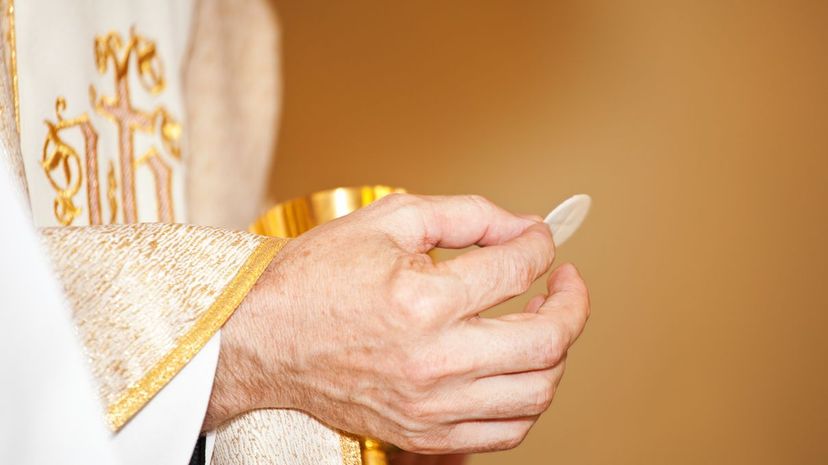
About This Quiz
The papacy became an influential force in European history as early as the fourth century, and since then its power has only increased as the Catholic Church spread Christianity across the world, from Asia to the Americas. During the majority of this expansion, Rome was the residency for the papacy, though at times the office would be forced to move elsewhere.
The pope, of course, was the religious figure who held the office of the papacy, heading the Roman Catholic Church as it became the most powerful body within Christianity. Over time, the pope was not only looked at for religious guidance but turned the Catholic Church into a major player in secular matters as well. At times, depending on the person holding office, the pope oversaw the appointment of monarchs and determined who controlled what lands. Their influence, though, did not come without conflict, another major aspect of papal history.
Are you prepared to test your knowledge of the papacy with this quiz? You might need some divine intervention if you hope to get all of these questions right, especially when it comes to the crusades.
If you're ready to take a break from studying Bible verses, get started and see how far back your knowledge of the papacy extends.
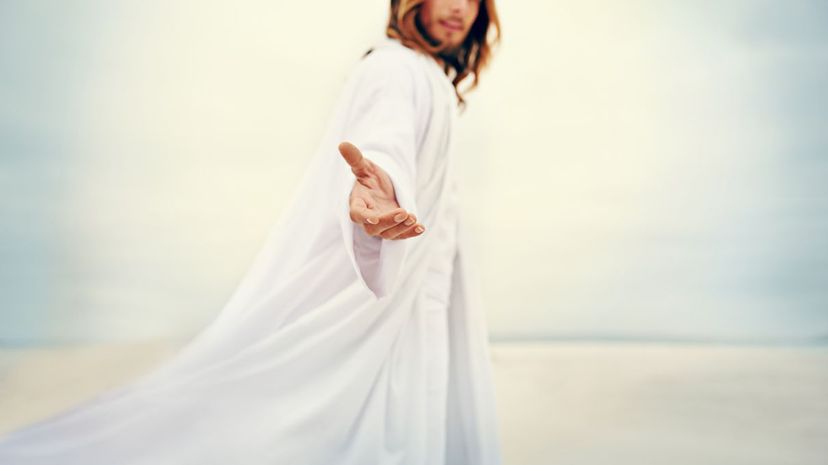
According to the Bible, Jesus recognized Peter's authority when he said, "And I say also unto thee, that thou art Peter, and upon this rock I will build my church." Future popes used this message to assert their own authority since Peter traveled to Rome to preach.
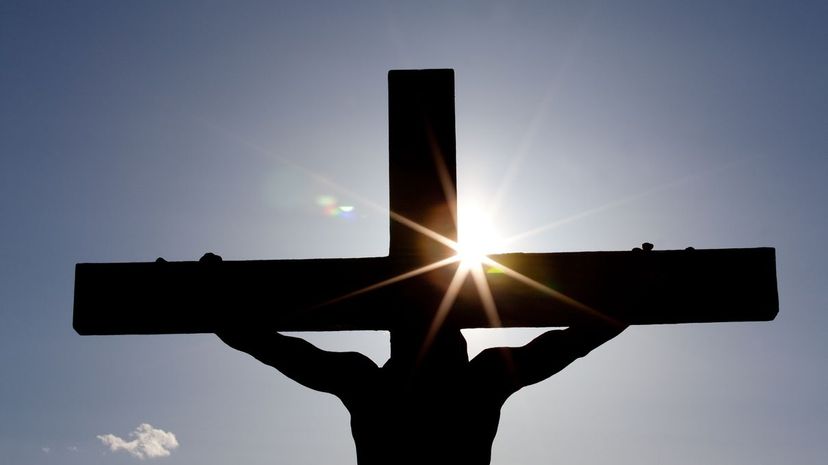
Viewed as a problematic leader for preaching views that went against the Roman Empire, Emperor Nero had Peter crucified. However, according to legend, Peter refused to be crucified in the same way as Jesus and asked to be placed upside down.
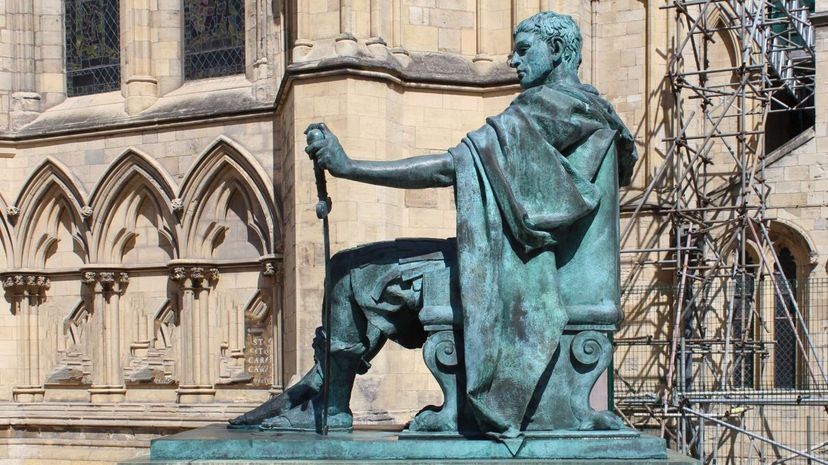
The Edict of Milan not only provided Christians with freedom inside the Roman Empire but gave any religion the ability to worship the deity of their choice. It wasn't the first such edict of toleration, but it was the first one to not perish after the death of its creator.
Advertisement
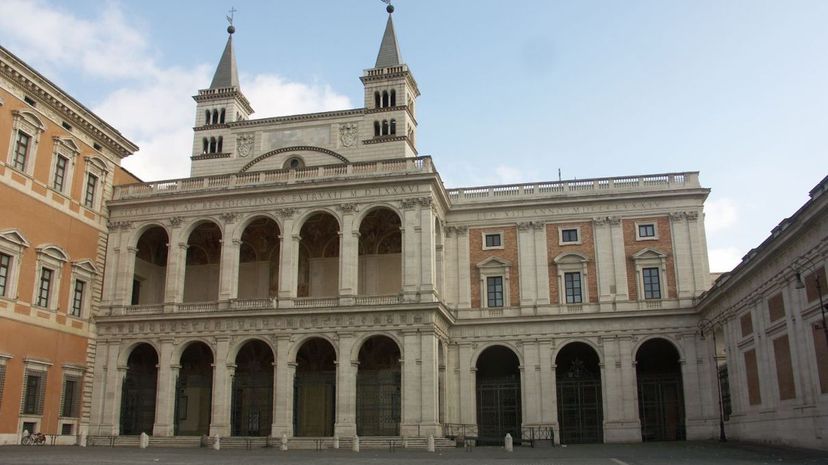
Though it's no longer used as the residence of the pope, the Lateran Palace still stands, currently housing the Vatican Historical Museum. The museum was moved to the palace in 1987 and opened to the public in 1991.
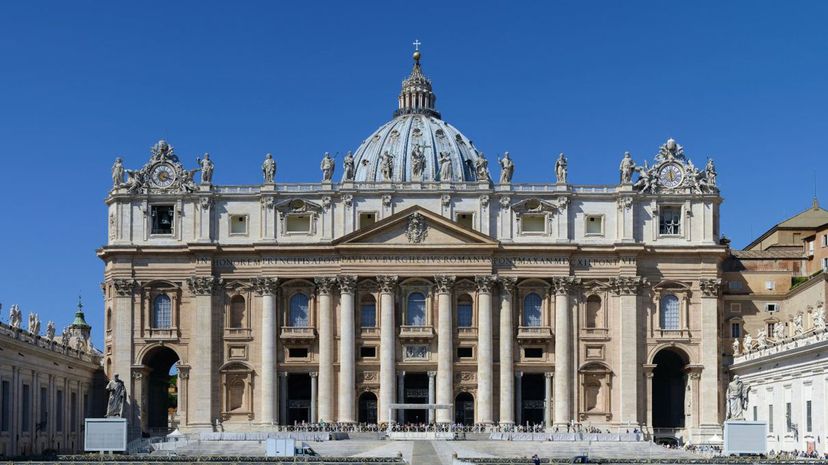
Most of the popes from the time of its creation until when it was rebuilt in the 16th century were buried at St. Peter's Basilica. The site marked the location where Christians believed Saint Peter's remains were buried.
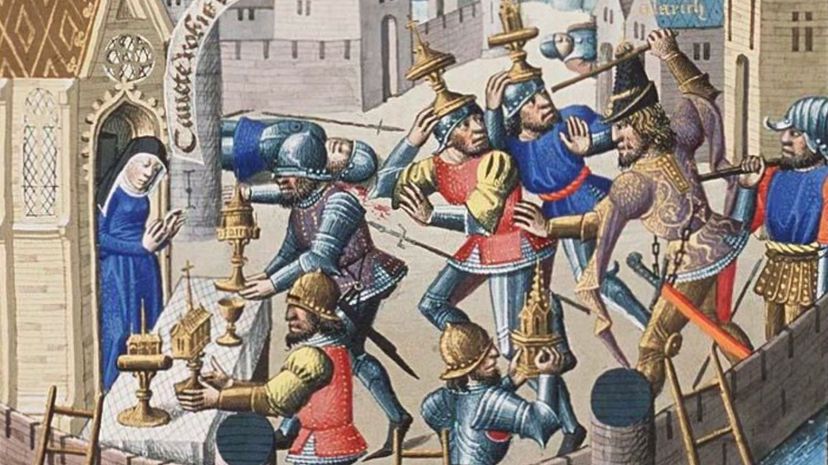
As the Huns began to pressure Germanic tribes, the Visigoths sought sanctuary in the Roman Empire then ruled by Emperor Valens. They were given land near the Danube, but it didn't take long for problems to flare up between the Visigoths and Roman governors, leading to conflicts in the empire.
Advertisement
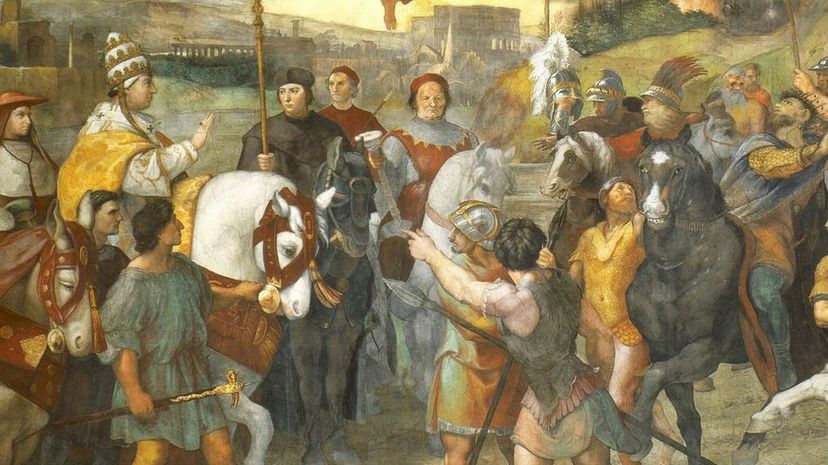
The Renaissance painter Raphael captured the pleas of Pope Leo I to Attila in a fresco titled "The Meeting of Leo I and Attila," which was completed in 1514. In the painting, Raphael used the face of Pope Leo X to depict Leo I.
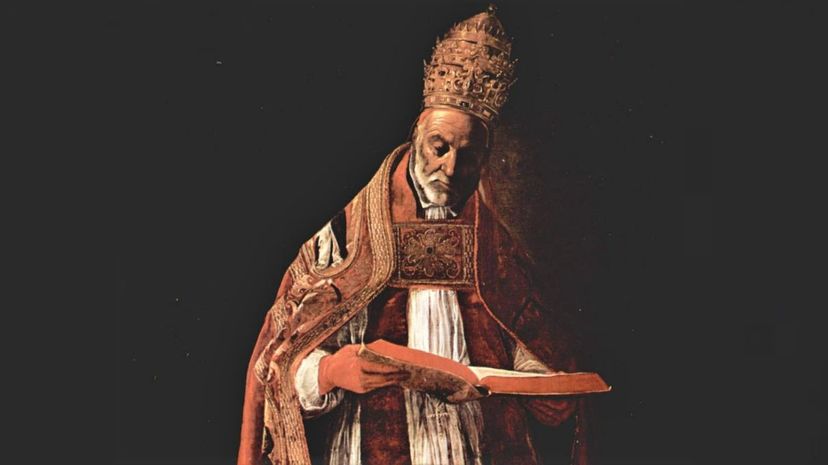
The mission sent by Gregory I to England was led by Augustine of Canterbury, who is considered the founder of the English Church. After a difficult journey, Augustine was welcomed by King Aethelbert of Kent, who had married a Christian princess prior to becoming the first Christian king of England.
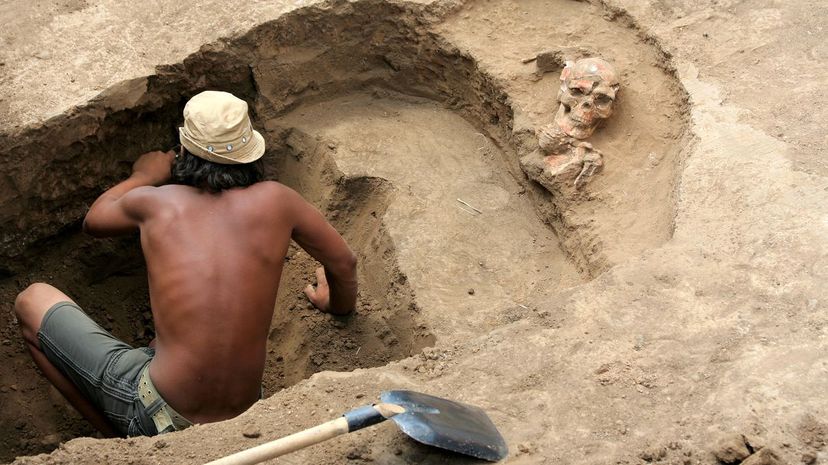
Pope Formosus was dug from his grave to stand trial for accusations that he obtained the papacy illegally. He, of course, was found guilty of the charges, three of his fingers used for blessings were cut off and his body was thrown into the Tiber River.
Advertisement
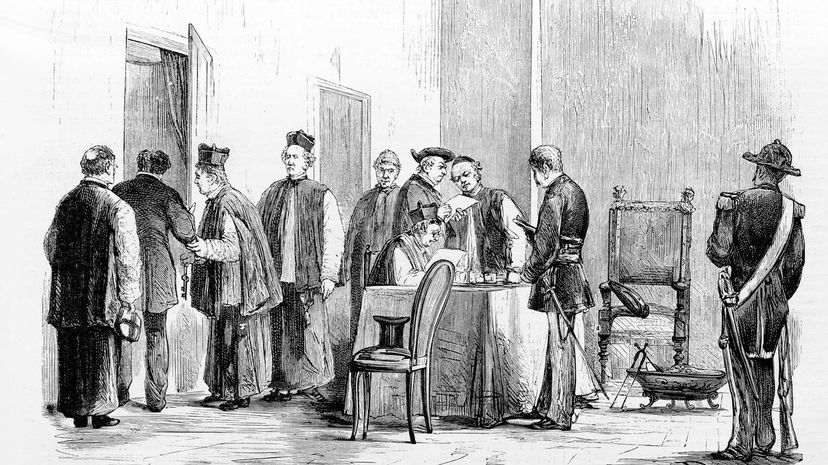
Theodoric the Great was the Gothic king responsible for selecting the pope after the death of Pope Anastasius II. Theodoric based his decision on who was elected first, eventually ruling that Symmachus had the right to the papacy.
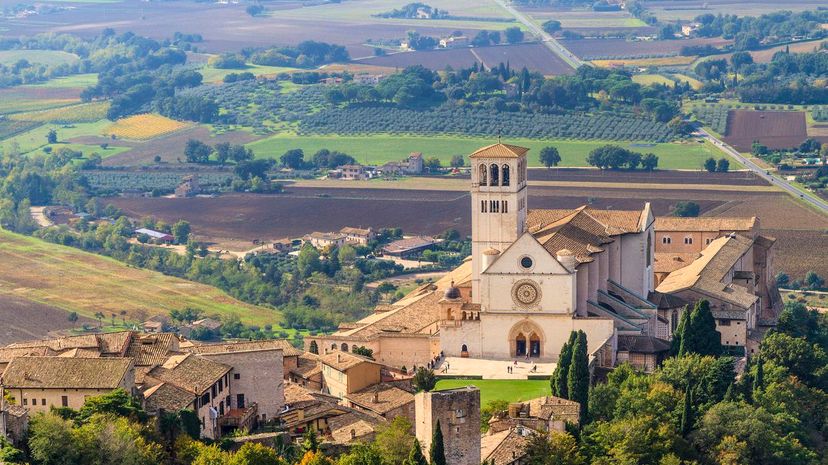
The current territories of Lazio, Marche, Umbria and Emilia-Romagna are considered the boundaries of the Papal States, though the area was not fixed throughout its existence. The territory was created to help solidify a central power in northern Italy after the fall of the Western Roman Empire.
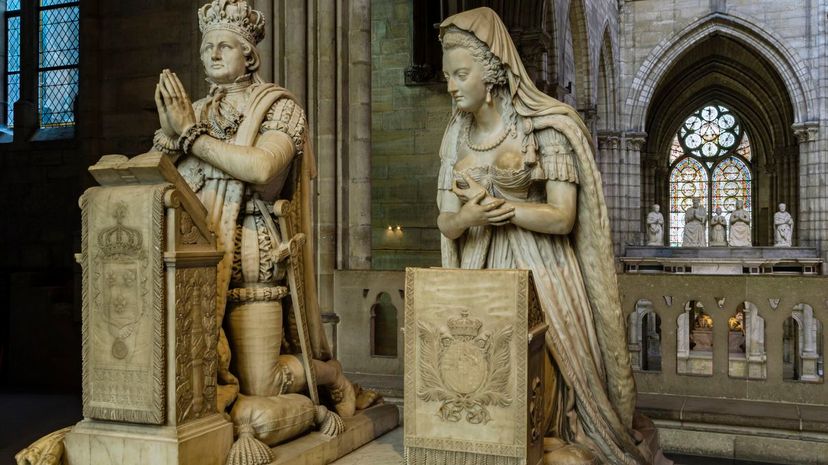
Throughout its use, the right to veto a papal candidate was held by different monarchs at separate times, including the rulers of the French, Spanish and Holy Roman Empire. The right was eventually viewed as a corruptive force inside the Catholic Church and stripped away.
Advertisement
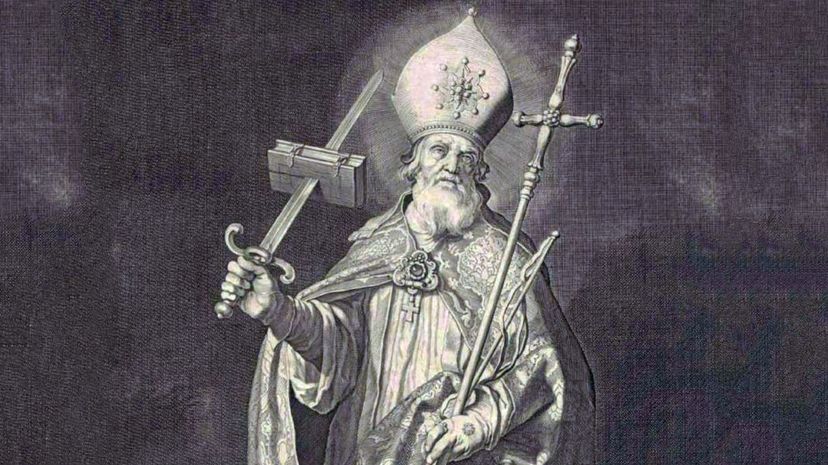
After years of successful missions across the Frankish kingdom, Saint Boniface set out to convert the Frisians, a Germanic tribe in the Netherlands. While on this mission, Boniface was robbed and killed by bandits looking for treasure that they did not find.
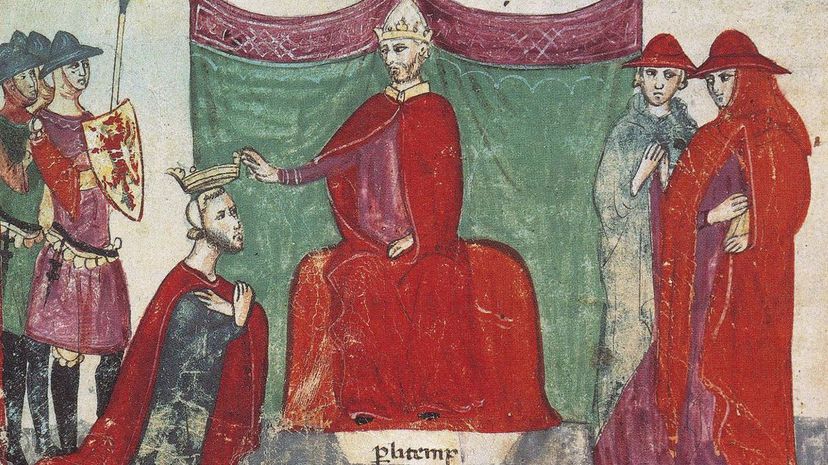
It was under Pope Nicholas II that the election of the pope by cardinals was put into place in 1059. With this change, Nicholas hoped to strengthen the power of the papacy, which had been almost nonexistent under the rule of Henry III.
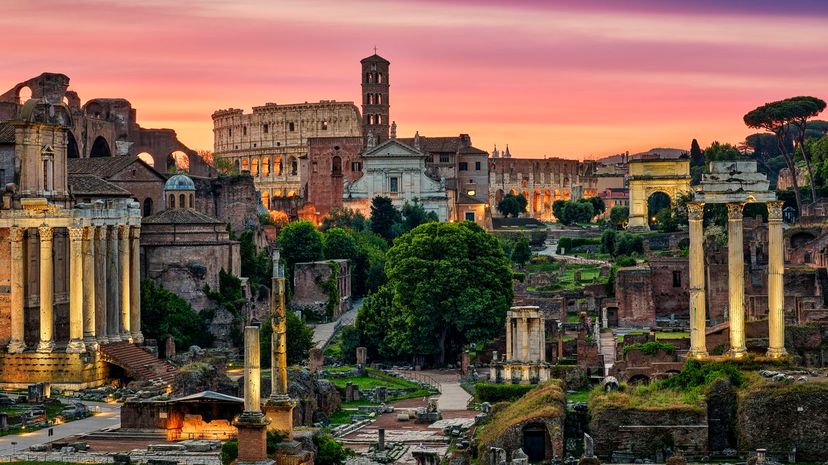
The creation of the Holy Roman Empire linked the Papal States with lands in present-day France and Germany. Though it would lose territory over time, the empire lasted until it was dissolved during the Napoleonic Wars in 1806.
Advertisement
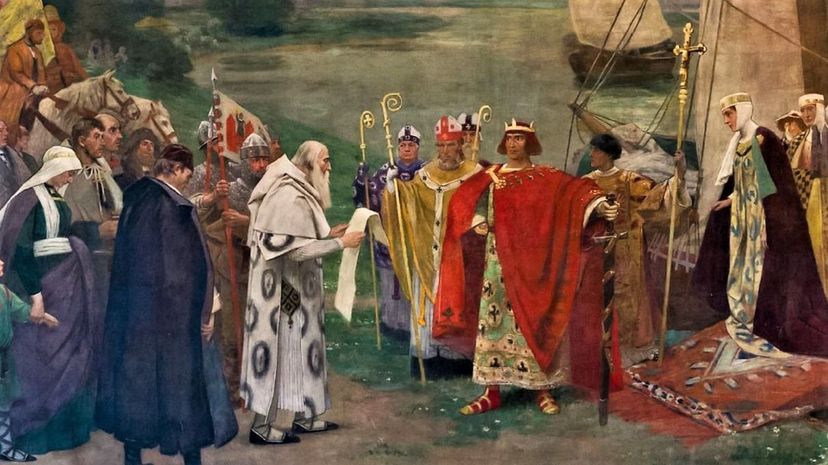
After the death of Henry the Fowler in 936, Otto was named king of the Germans at the age of 23. The young prince was crowned at Aachen by the archbishops of Mainz and Cologne, symbolizing his relationship with the Catholic Church.
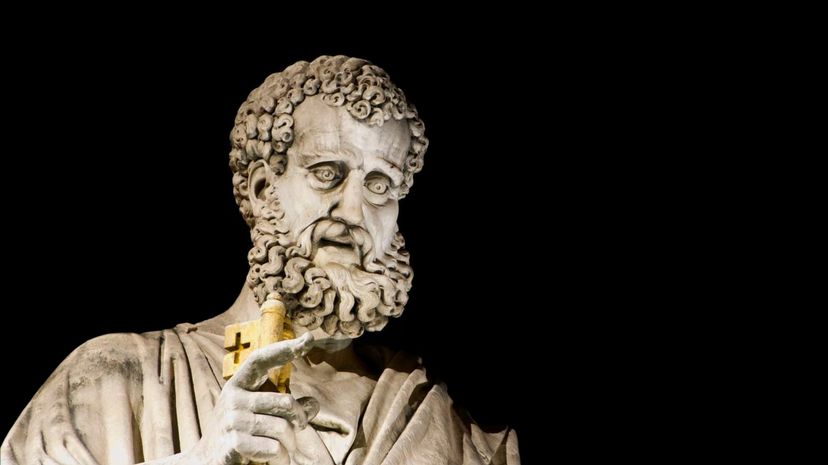
The Holy See is recognized as a sovereign state by the international community, holding dominion over the Vatican City State. The Roman Curia maintains administrative responsibilities for the Holy See.
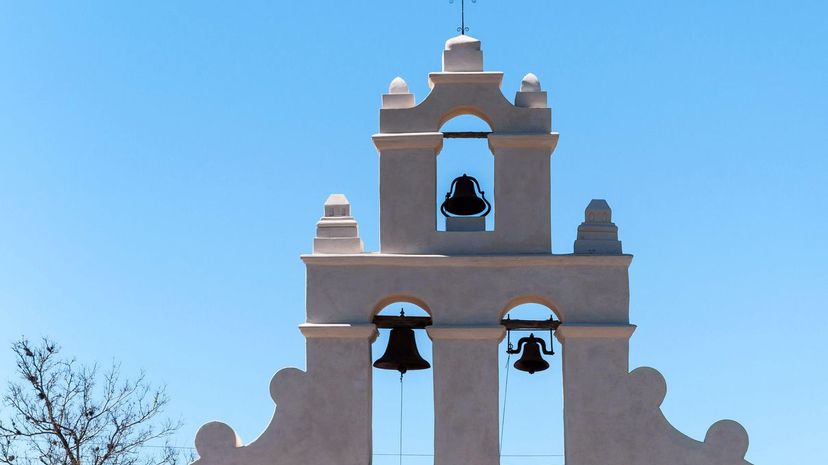
Pope Nicholas II only held the papacy for two years, but his time as the leader of the Catholic Church was instrumental in its development. Under his authority, the Normans began the conquest of Sicily, which was held by Muslim forces.
Advertisement

The conflict between church and state is not a new concept, and the Investiture Controversy is an example of this conflict in action. Beginning as early as the 11th century, the controversy was finally settled in 1122 with the Concordat of Worms, giving the papacy control of appointing church officials.
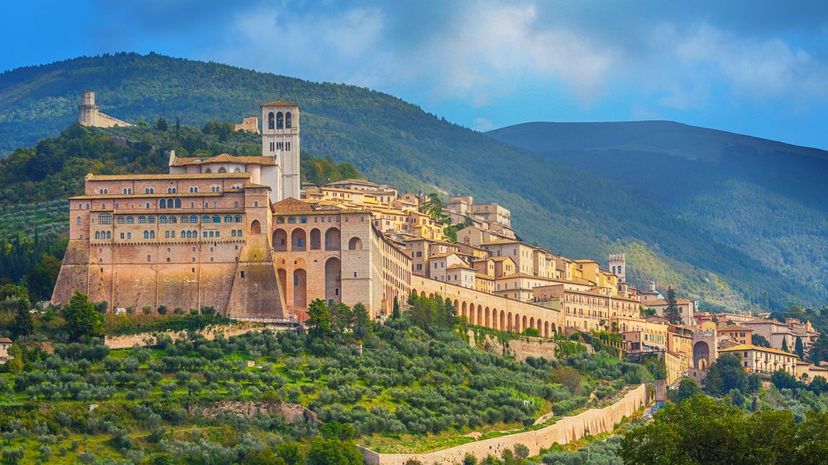
The fall of the Papal States to the Kingdom of Italy did not end the conflict between the two powers, which continued until 1929 when the Lateran Treaty was negotiated. The treaty provided the Catholic Church with money for the lost territory and established the Vatican City State.
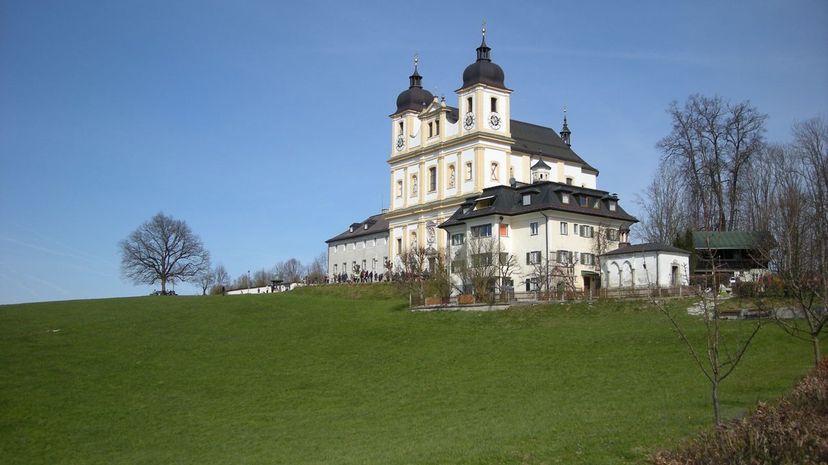
One powerful pope who came to office through the help of simony was Julius II. However, after receiving the papacy, Julius issued a decree that voided any future papal appointment if simony was involved.
Advertisement
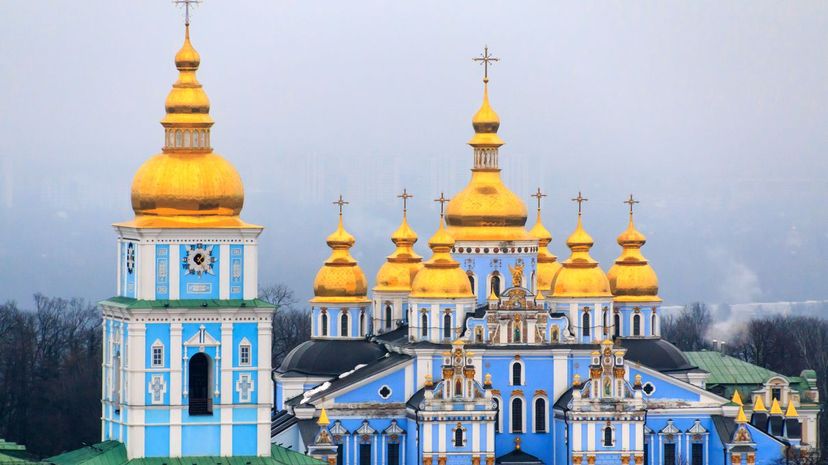
The East-West Schism wasn't a conflict that arose all of a sudden. Instead, the issue developed over centuries when theological disputes, as well as political structures, split Christianity between the Roman Catholic Church and the Eastern Orthodox Church.
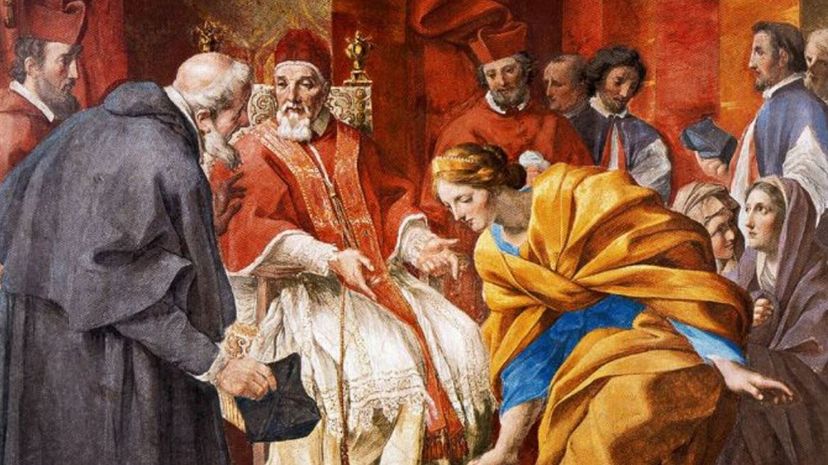
The First Crusade resulted from the fall of Syria and Palestine to confrontational Turks, who replaced the Saracen caliphs. Not long after the conquest, thousands of Christian pilgrims were murdered in Jerusalem, striking fear across Christian Europe.
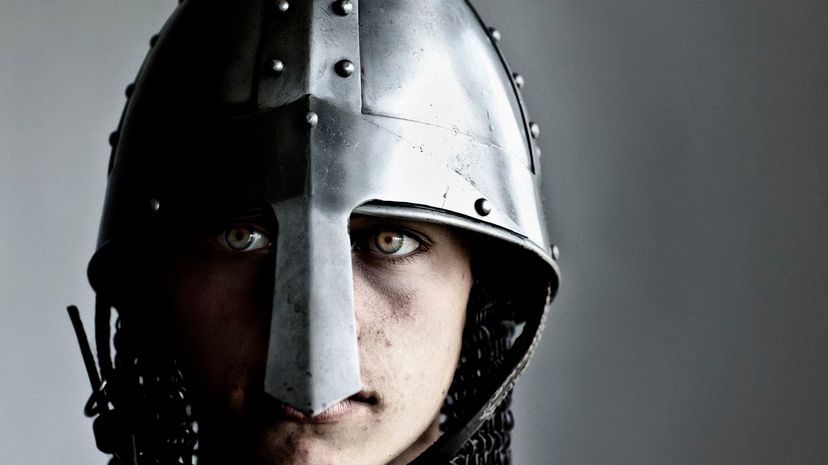
The conflict between Pope Gregory VII and Henry IV resulted in the king being excommunicated on three separate occasions. To counteract this, Henry appointed his own pope to split the power of the church.
Advertisement

The Inquisition was particularly prevalent in Spain, where torture and persecution were commonplace. Trying to combat Jewish and Muslim influence across Spanish territory, the Inquisition resulted in over 30,000 executions.
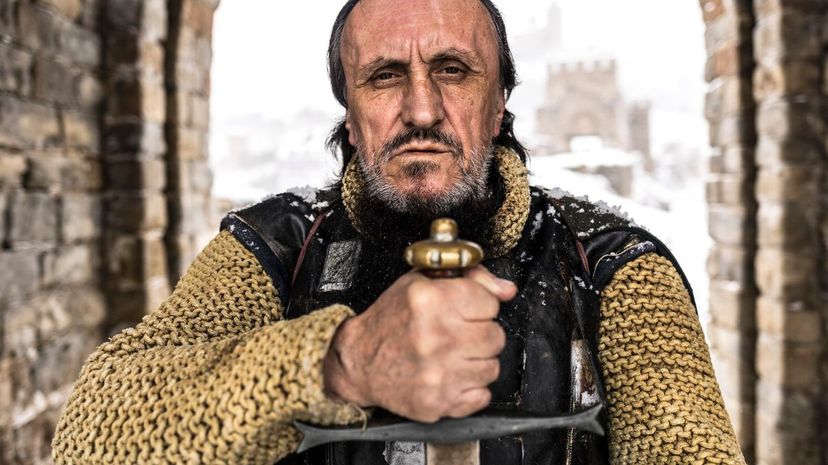
The Knights Templar used an early type of banking system to help ensure travelers could cross the Holy Land in peace. The system worked by giving travelers the ability to sell their valuables to the Templars for a note that could be exchanged at a Templar office in the Holy Land.
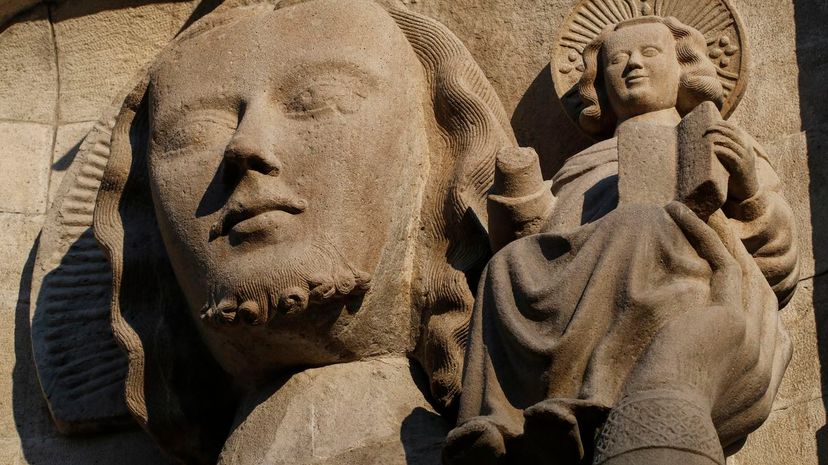
The earliest Christian martyrs met their fates at the hands of the Romans due to a misunderstanding of the sacrament of Eucharist. During this time, the Romans failed to note that the Christians were consuming bread and wine, instead believing they were cannibals.
Advertisement
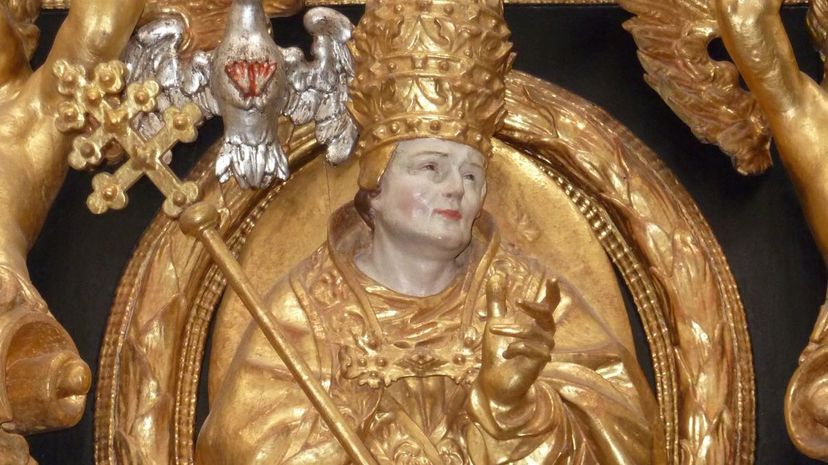
Obtaining the office of the papacy because others would not, Pope Eugene III was elected pope after the death of Pope Lucius II. Eugene's predecessor had been killed trying to stand up to the Roman Senate, who looked to reassert their power in Rome.
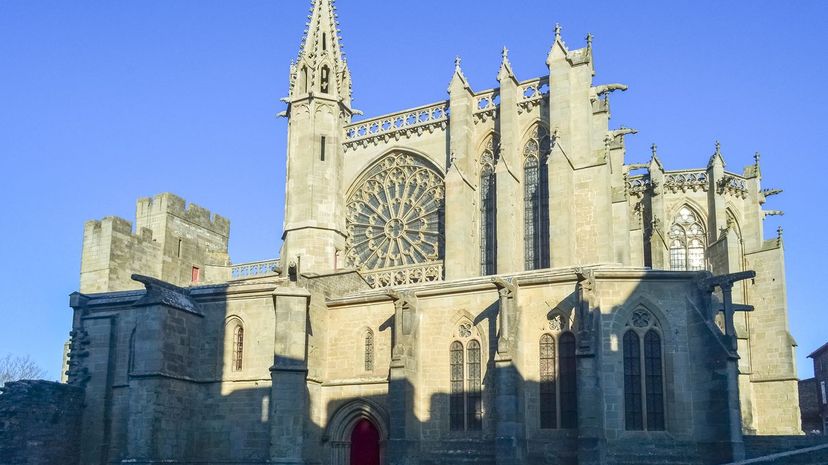
The Cathars chose to stand up against the Roman Catholic Church, which they believed had grown corrupt by expanding its secular power. Calling themselves true Christians, the Cathars created their own theology and church hierarchy.
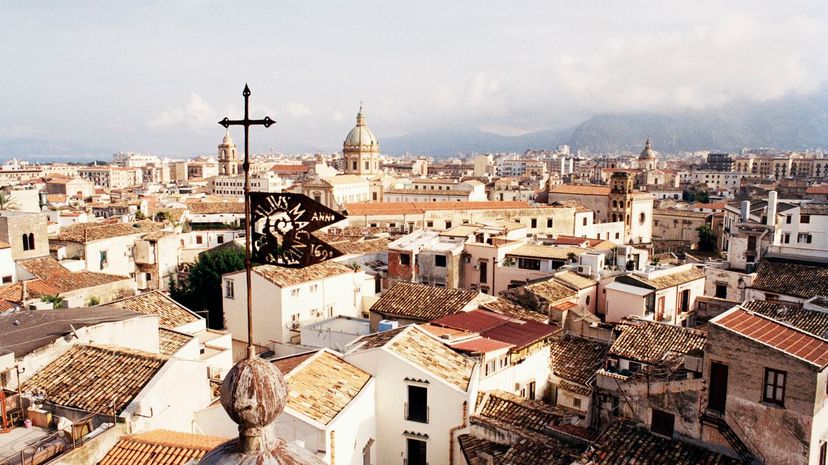
King Henry III of England desperately wanted to put his son, Edmund, on the Sicilian throne because of the wealth it would bring England. However, he faced resistance from the English Parliament, which eventually resulted in the Second Barons' War.
Advertisement
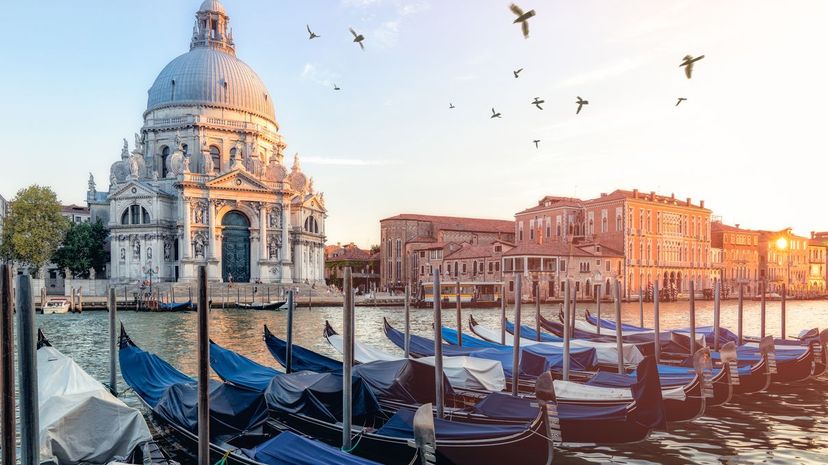
Located on the coast of the Mediterranean, Venice is composed of over 100 islands, split by waterways and canals. The city, however, is sinking into the sea, and studies suggest it will be underwater within the next 100 years.
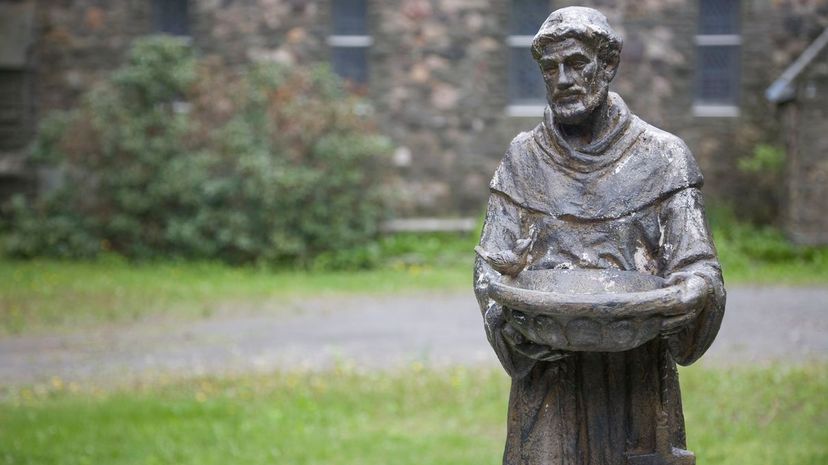
Saint Francis of Assisi came from a family of privilege, where his father was a wealthy silk merchant. After abandoning the life of luxury he lived as a young man, Francis turned to begging, eventually founding the Franciscan Order.
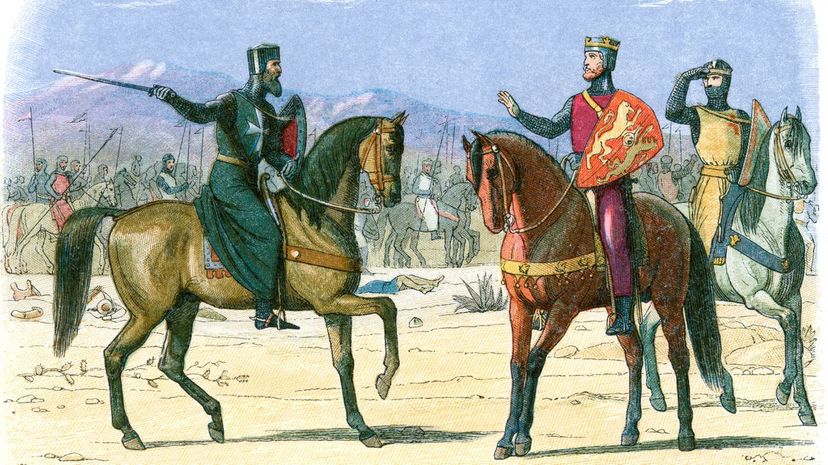
King Philip IV of France had accumulated a large debt to the Knights Templar by 1303, when the Templars established a residence in Paris. To get out from under this debt, Philip had many of these knights arrested and tortured into giving false confessions of heresy, bringing an end to the order.
Advertisement
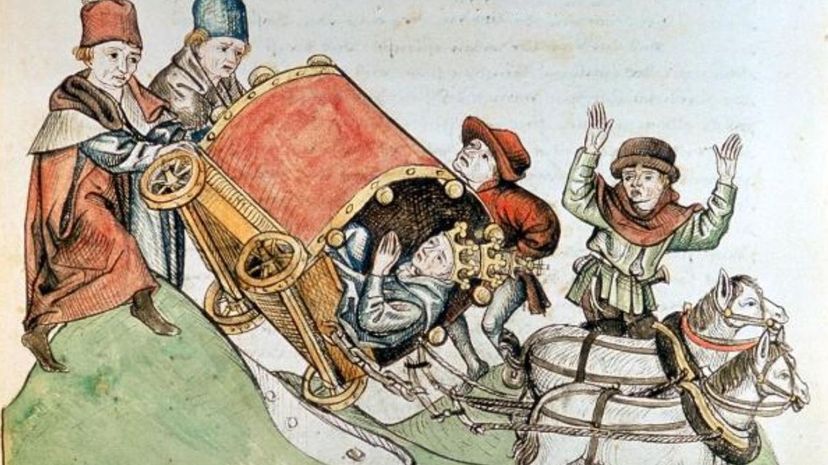
By 1414, a split in the Catholic Church resulted in three popes claiming the office, each located in different cities. The result of the Council of Constance was that all three popes were removed from power and replaced by Pope Martin V.
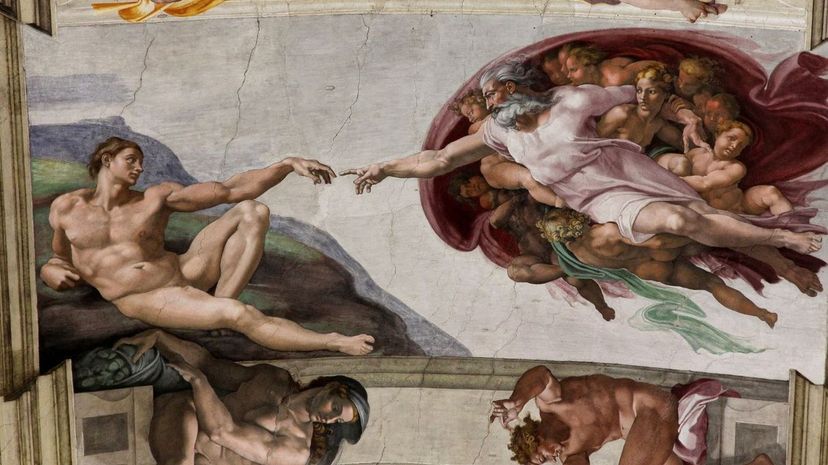
Michelangelo wasn't Pope Julius II's first choice to paint the Sistine Chapel, as Raphael was the more popular painter at the time. However, Raphael wanted to prove that Michelangelo didn't have the skill to complete the project, so he turned it down in the hope that Michelangelo would humiliate himself.
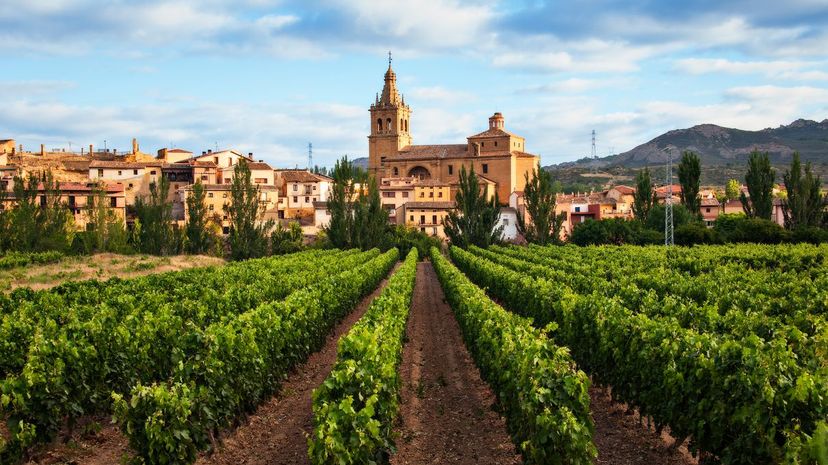
Hailing from the city of Valencia in Spain, Pope Alexander VI favored the Spanish crown held by Isabella and Ferdinand. After Christopher Columbus discovered the New World, Spain used its influence with the pope to secure rights to the new land against other claimants.
Advertisement
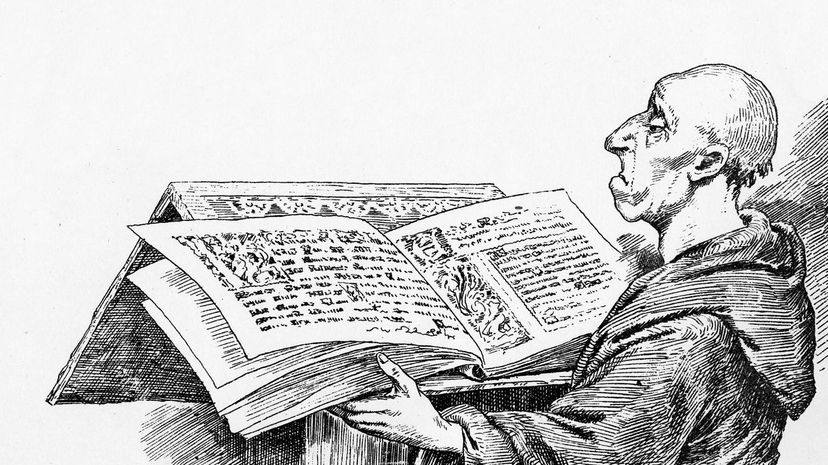
Martin Luther's "Ninety-nine Theses" eventually led to the Protestant Reformation. This split with the Catholic Church had huge implications moving forward, as monarchs used Protestantism to distance themselves from the pope.
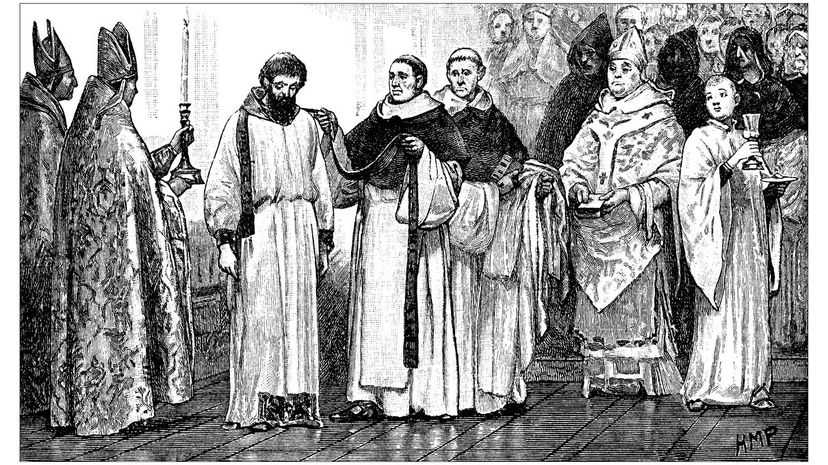
In the Bible, the Antichrist is listed in a prophecy that describes a figure who will stand against Christ, pretending to be Christ himself. Throughout history, many people have been called the Antichrist, with a popular one being the prophet Muhammad.
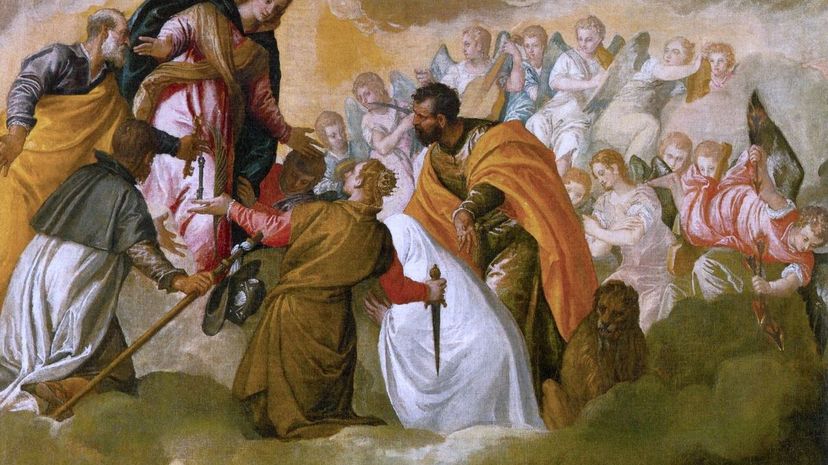
The Council of Trent was called first in 1545, continuing until 1563, to condemn those who supported the Protestant Reformation while also solidifying the true teachings of the Catholic Church. The results were instrumental in shaping the Catholic Church for the next 400 years.
Advertisement
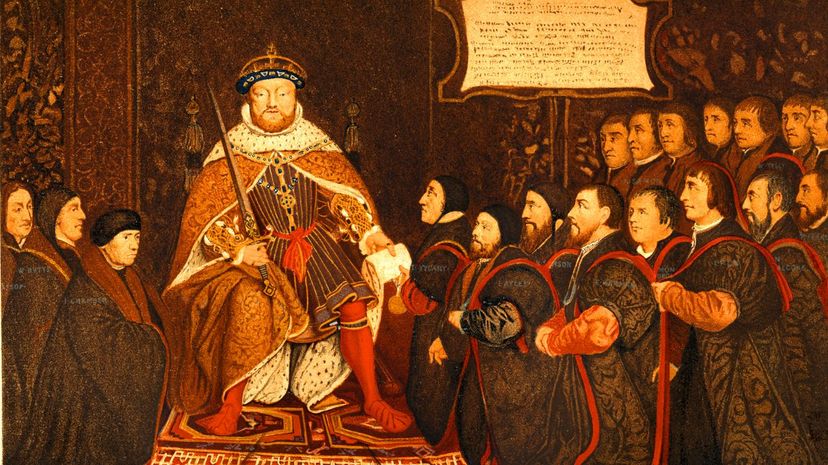
With the 1534 Act of Supremacy, King Henry VIII became the head of the Church of England, as declared by Parliament. The split was due to a conflict that arose from Henry's decision to have his marriage with Catherine of Aragon annulled, which the pope refused.